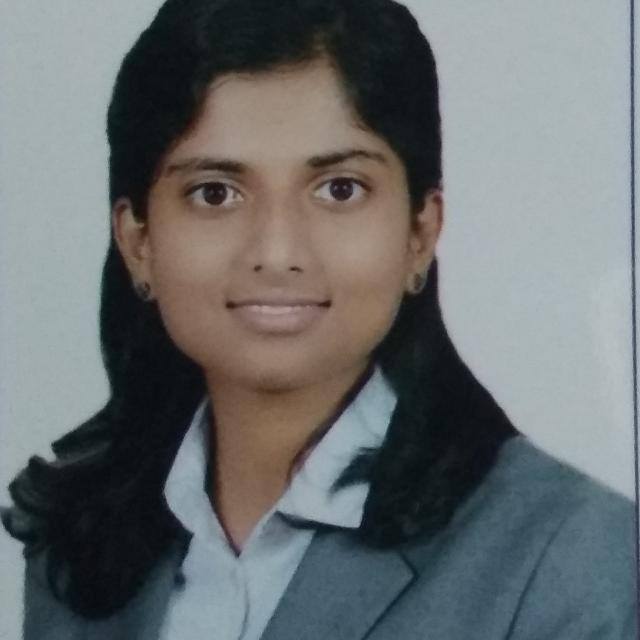Shivani Singh
Department of Computer Engineering, IIIT-Bhubaneswar, India
Shivani Singh is currently in her 3rd year of the BTech degree in computer engineering IIIT Bhubaneswar, India. Her research interests include algorithm design for next generation advanced wireless networks and Cyber physical IoTs.



